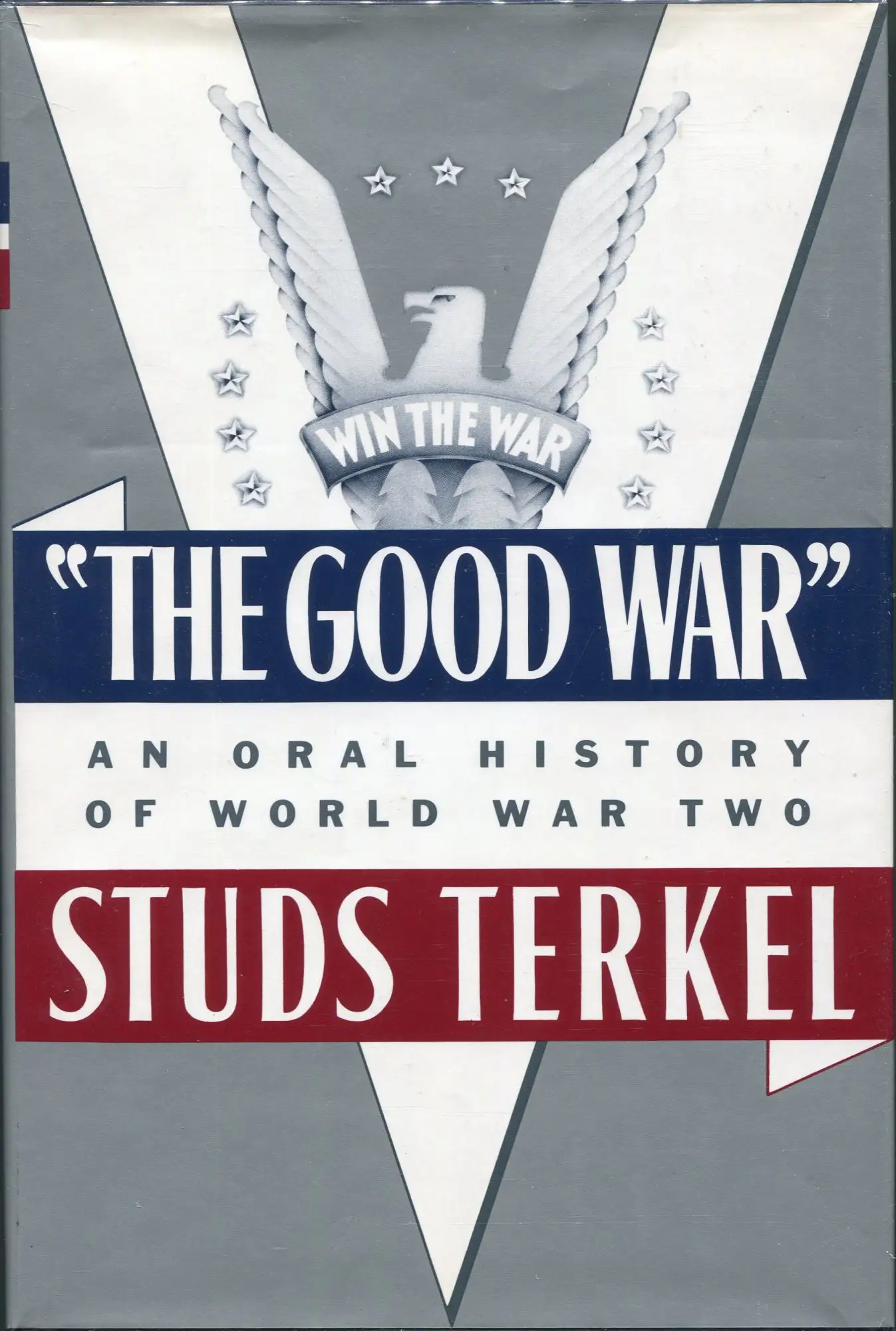Beyond the Good War: Alternative Narratives for Teaching World War II
A discussion of how to teach World War II in world history courses by focusing on resources and extreme violence.

Having gone to school during the 1980s and 1990s, my history teachers fed me a healthy dose of the “Good War” narrative of World War II. Growing up in this environment, I heard no narrative of the war apart from the one in which brave White men sacrificed themselves to defend democracy against the evils of Nazism. This narrative also included a little boxed text about Rosie the Riveter, but the coaches doubling as my history teachers usually preferred to spend more time talking about the Battle of Midway than Rosie.

I may be misremembering the story a little, but I suspect many of us as teachers have similar memories of what we learned about World War II. There was a fixed narrative about the war, and there wasn’t a lot of room for alternative stories about the war. When I began teaching world history, I tried to squeeze in lots of information about battles and different fronts. I may have added a slightly more global approach to the war, but I was still caught up in the narrative of a “war of ideologies.” It was still a war of good against evil.
Almost ten years ago, I read Geoffrey Wheatcroft’s “The Myth of the Good War” in The Guardian and realized I needed to rethink how I taught the war. Elizabeth Samet recently wrote Looking for the Good War: American Amnesia and the Violent Pursuit of Happiness, a more American-focused analysis of the problem with the “Good War” narrative. When teachers focus on World War II as a good war, we encourage students to think about wars in terms of good versus evil, making it easy for folks to rationalize war.
In this current series of posts on the twentieth century, I have been focusing on the theme of competing global visions. I want to channel Jawaharlal Nehru’s description of the century as “an age of questioning” and encourage us as teachers to question the good war narrative and offer our students alternative narratives for World War II. In this bonus post for all subscribers, I will briefly outline how I teach the war using the themes of resources and mass violence.
The Resource War
Wars have always involved resources. It doesn’t matter if we’re talking about Ashoka’s conquest of the Indian subcontinent in the third century B.C.E., the Mongols’ conquest of much of Eurasia in the thirteenth century, or World War II. The key differences are that some resources have changed over time, and the quantity needed in the twentieth century is much greater. Because of the need for so many resources during World War II and the limited amount of some of these resources, gaining control of resources, maintaining control, and limiting enemies’ access to resources were a significant part of the strategy of the war.



